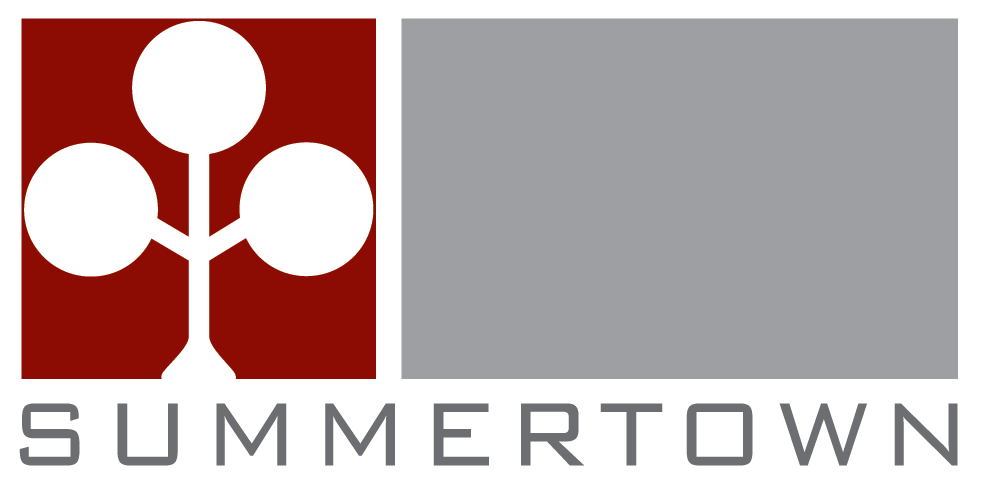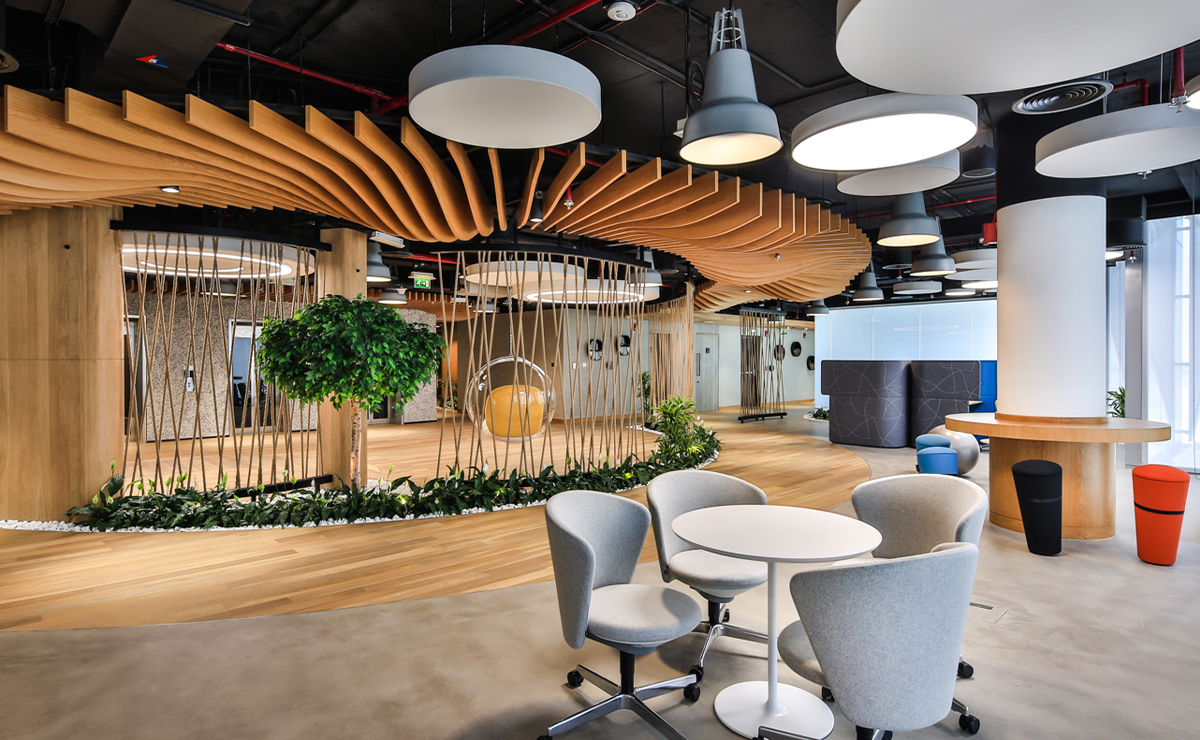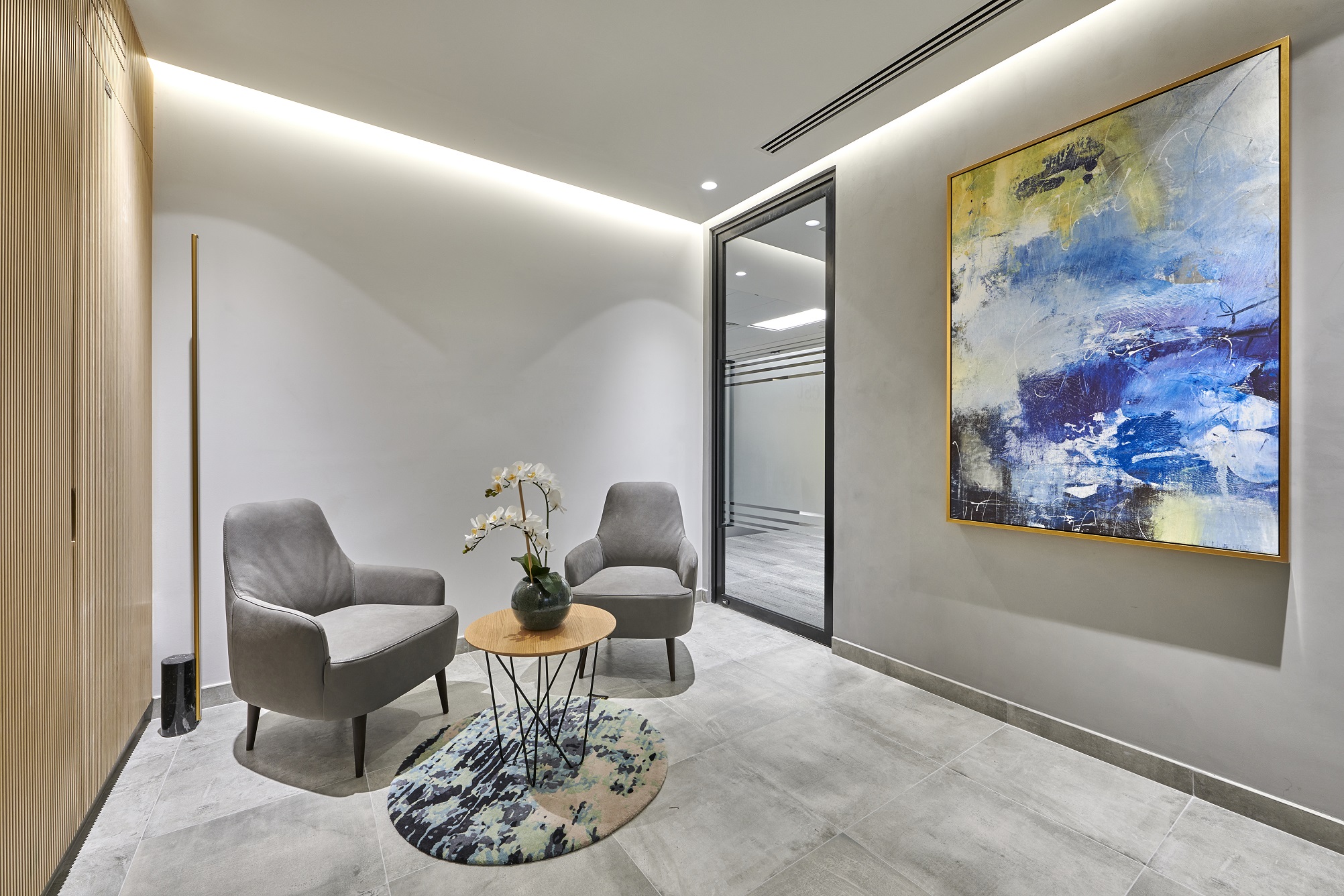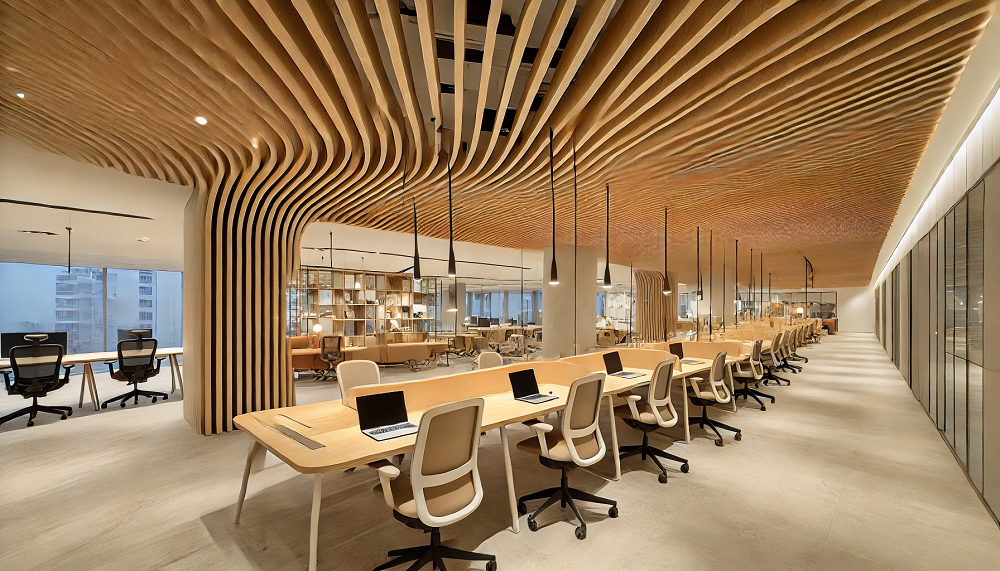

Nicola Trivett
General Manager & Sustainability Leader
Imagine stepping into a workspace where lighting does more than just illuminate – it transforms the environment, enhancing productivity while supporting sustainability. In today’s offices, effective lighting solutions are crucial for promoting employee well-being and operational efficiency. By integrating energy-efficient technologies and innovative designs, sustainable lighting reduces energy consumption and creates a more inviting work atmosphere.
Lighting ranks as the second-largest consumer of electricity globally, but modern technology offers sustainable solutions. This article explores the realm of sustainable lighting, examining how innovative designs and advanced technologies improve energy efficiency and boost employee productivity. We will also discuss the benefits of natural light integration and the impact of these lighting systems on reducing a company’s carbon footprint. Let’s illuminate the path to a more productive and sustainable workspace.
Key Components of Sustainable Lighting
Energy-efficient lighting systems are essential for creating sustainable office environments. Light Emitting Diodes (LEDs) have revolutionised modern workplace lighting by consuming up to 75% less energy and lasting 25 times longer than incandescent bulbs. Additionally, LEDs are free of hazardous materials like mercury, contributing to better environmental health. Organic LEDs (OLEDs) offer even greater energy efficiency and flexible design options, making them a versatile choice for various lighting applications.
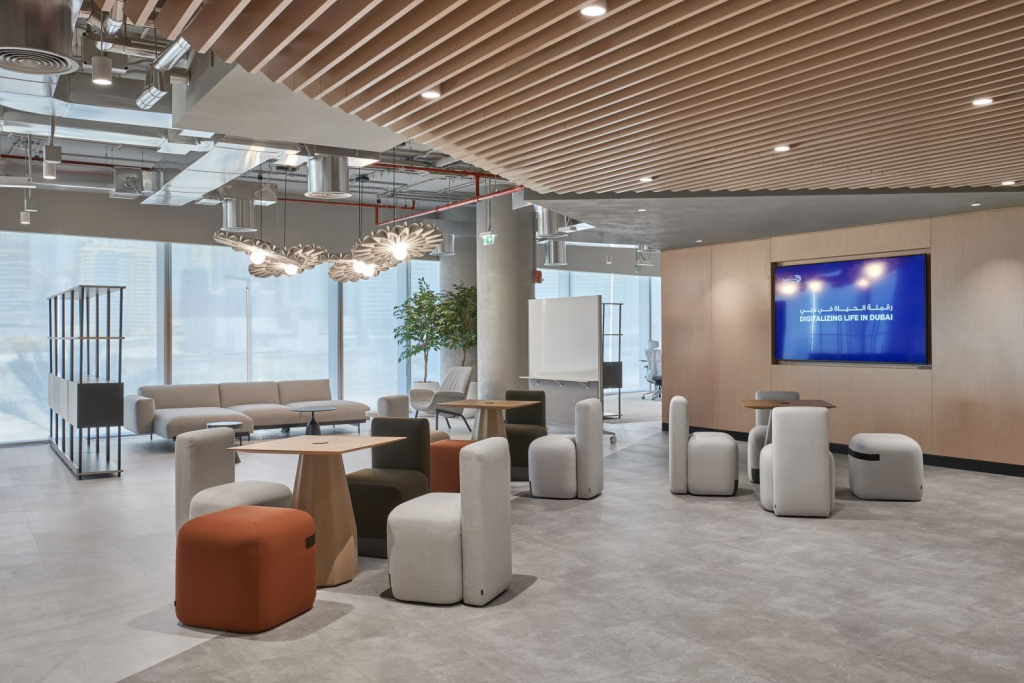
Natural light integration plays a significant role in enhancing employee well-being. Exposure to natural light boosts mood, reduces stress, and improves sleep patterns, contributing to better overall health and productivity. To maximise these benefits, office designs can incorporate large windows, skylights, and light shelves that reflect daylight deeper into the building. Studies have shown that employees working in offices with ample natural light report higher levels of job satisfaction and overall well-being. For instance, HMC Architects have successfully implemented these strategies, leading to increased employee satisfaction and productivity.
Smart controls further enhance the efficiency of lighting systems. These controls use occupancy sensors and daylight sensors to adjust lighting levels automatically based on real-time data. For example, daylight sensors can dim or switch off lights when there is sufficient natural light, while occupancy sensors ensure that lights are only on when spaces are occupied. This automated adjustment reduces energy consumption and ensures optimal lighting conditions, contributing to a more comfortable work environment. Let’s look into these in more detail.
Innovative Lighting Designs
Innovative lighting designs focus on creating visually appealing, energy-efficient, and functional lighting solutions. Dynamic lighting systems, which mimic natural daylight patterns, help regulate employees’ circadian rhythms. This approach has been implemented by companies like Google, leading to increased employee satisfaction and productivity by providing lighting that aligns with natural human rhythms.
Biophilic design principles integrate natural elements into the built environment, enhancing both aesthetic appeal and the psychological and physiological well-being of employees. For example, Amazon’s offices feature extensive use of natural light and green walls, creating a more pleasant and health-promoting work environment. These elements not only beautify the space but also promote mental health and reduce stress, contributing to a more enjoyable and productive work setting.
Tunable white lighting is another innovative design that supports circadian rhythms by allowing the colour temperature to be adjusted throughout the day. This type of lighting mimics the natural progression of daylight, from warm tones in the morning to cooler tones in the afternoon. It has gained popularity in modern offices for its ability to improve sleep quality and overall well-being, making workspaces healthier and more comfortable.
Advanced Technologies in Sustainable Lighting
Emerging technologies in sustainable lighting include OLEDs and smart glass. OLEDs provide thin, flexible lighting panels that can be used in various creative applications. OLEDs offer even greater energy efficiency than traditional LEDs and can be integrated into innovative designs that enhance the aesthetic appeal of office spaces.
Smart glass is another advanced technology that contributes to sustainable lighting by controlling the amount of light passing through windows. This reduces the need for artificial lighting and helps maintain indoor temperatures, leading to lower HVAC loads and increased energy savings. Smart glass can be adjusted to let in more or less light depending on the time of day and weather conditions, making it a versatile addition to modern offices.
Renewable energy integration is another critical aspect of advanced sustainable lighting. Solar-powered lighting solutions harness solar energy during the day, reducing reliance on the grid and significantly lowering a building’s carbon footprint. Companies like IKEA have successfully implemented solar-powered lighting in their operations, achieving substantial energy savings and showcasing a commitment to sustainability that resonates with eco-conscious consumers and employees.
Impact on Energy Efficiency and Employee Productivity
Sustainable lighting solutions have a profound impact on both energy efficiency and employee productivity. Reducing energy consumption lowers operational costs and minimises environmental impact, making it a smart investment for any business. Energy-efficient lighting systems, such as LEDs, consume significantly less power than traditional lighting, leading to substantial savings on energy bills.
Improved lighting conditions also enhance employee productivity by creating a more comfortable and conducive work environment. Proper lighting reduces eye strain, headaches, and fatigue, enabling employees to focus better and work more efficiently. Additionally, well-designed lighting can boost mood and motivation, contributing to higher job satisfaction and lower absenteeism.
Case studies, such as Microsoft’s office lighting improvements, highlight the tangible benefits of sustainable lighting. Microsoft implemented advanced lighting controls and energy-efficient LEDs, resulting in a more comfortable work environment and significant energy savings. Employees reported fewer complaints about lighting and better overall satisfaction with their workspace, demonstrating the advantages of investing in sustainable lighting solutions.
Shedding Light on Sustainable Success
Sustainable lighting solutions are essential for modern workspaces, offering significant advantages in terms of reducing energy consumption and environmental impact, along with numerous positive effects on employees. By incorporating energy-efficient technologies like LEDs and smart controls, businesses can lower their operational costs and carbon footprint while creating healthier, more productive environments for employees. The integration of renewable energy sources, such as solar power, further amplifies these benefits by reducing reliance on the grid and supporting broader sustainability goals.
At Summertown, we understand the complexities of modern office environments and offer tailored solutions to meet these challenges. Our expertise in sustainable lighting design ensures that every workspace is not only efficient but also conducive to employee well-being. Partnering with Summertown means investing in a brighter, more sustainable future for your business.
‘’ Sustainability truly is in our DNA – we believe we can fulfil a sustainable project for the same price as an unsustainable project, in fact, we will commit to that and offer a sustainable project at the same cost. We’re proud to say that we’ve released our 9th sustainability report, and our 10th sustainability report will be published this September’’
– Nicola Trivett- Summertown Interiors General Manager
Step into the light with Summertown – contact us now to explore sustainable lighting solutions for a more efficient and productive workspace.
Sources:
- https://hmcarchitects.com/news/the-benefits-of-natural-light-in-office-spaces-lighting-design-for-increased-employee-satisfaction-2019-03-27/
- https://worldgbc.org/article/bringing-the-benefits-of-natural-light-indoors/
- https://worldgbc.org/advancing-net-zero/embodied-carbon/
- https://www.prnewswire.com/news-releases/study-natural-light-is-the-best-medicine-for-the-office-300590905.html
- https://www.mckinsey.com/~/media/mckinsey/dotcom/client_service/automotive%20and%20assembly/lighting_the_way_perspectives_on_global_lighting_market_2012.ashx
- https://www.architectmagazine.com/design/achieve-energy-efficiency-goals-with-innovative-lighting-controls_o
- https://smartbuildingmag.com/market-overview/68658-energy-saving-in-smart-buildings
- https://www.mdpi.com/2079-9268/14/1/6

Nicola Trivett
General Manager & Sustainability Leader
